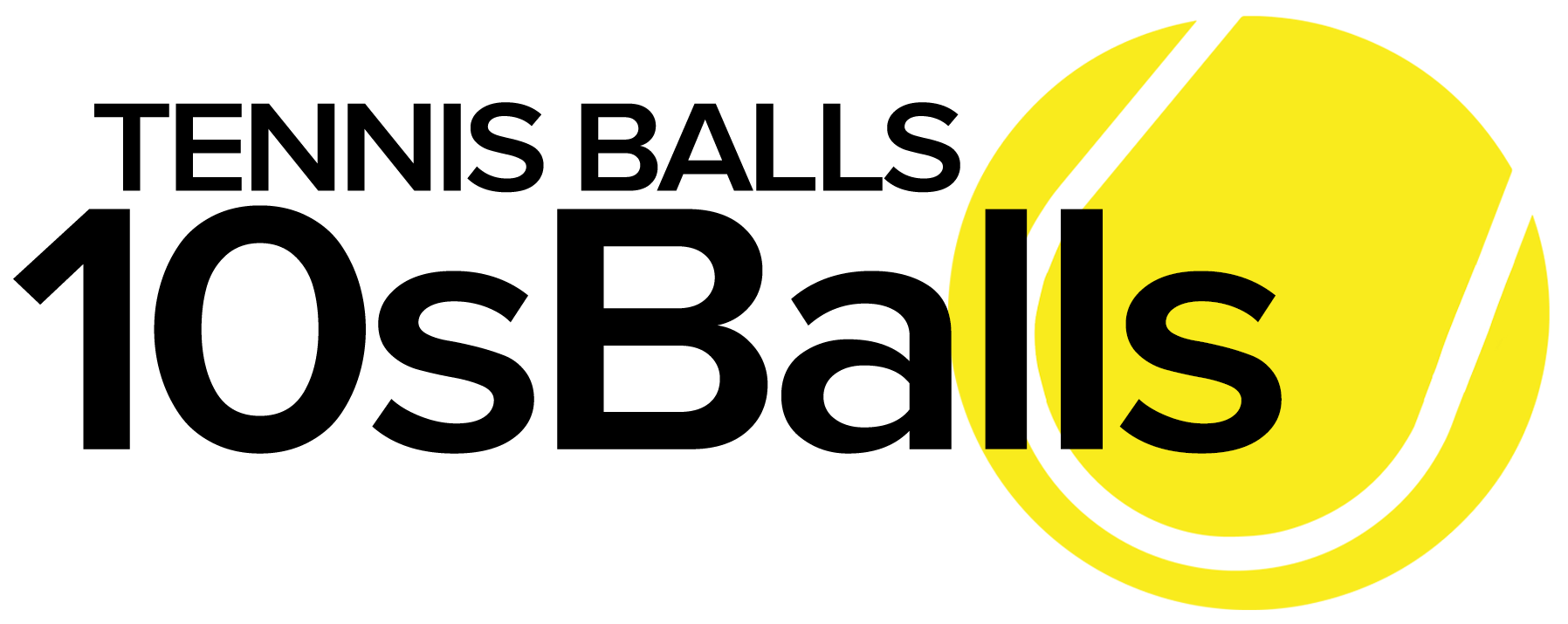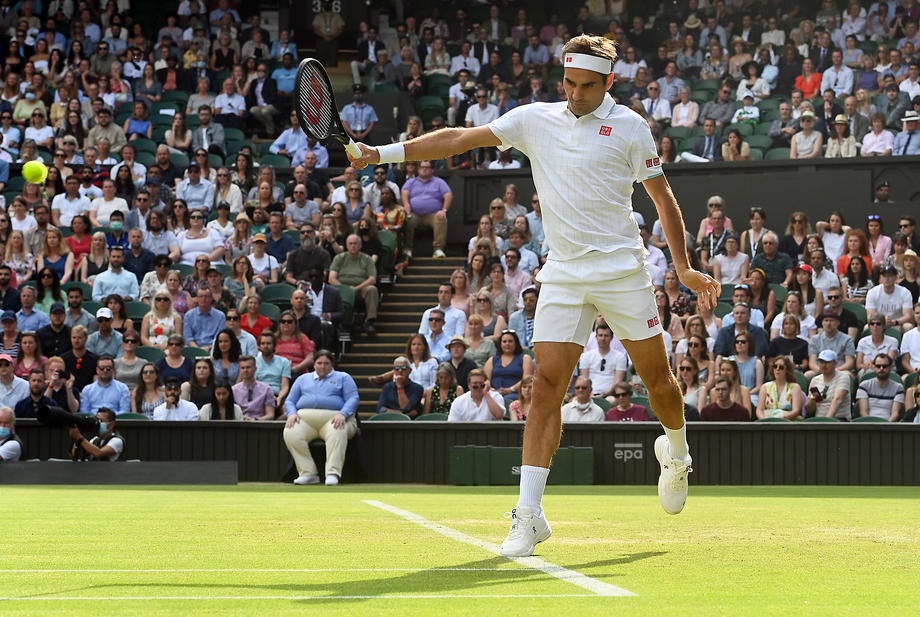- Stars Join Forces for Eisenhower Cup Return to Indian Wells on March 4
- Ken Thomas Broadcasting from Georgia’s Rome Tennis Open
- Solinco Launches All-New Whiteout V2 Racquet
- Stringlet: Serving Up Tennis Inspiration With A Twist
- Davis Cup qualifying to feature Brazil vs. France and Spain vs. Switzerland
- 2025 US Open Expands to Sunday Start
- Tennis Channel To Broadcast U.S. Davis Cup Qualifier vs. Tawain
- Stefanos Tsitsipas Receives Rotterdam Wild Card From Richard Krajicek
- Tien and Basavareddy to Play Delray Beach Open Qualifying
- Australian Open Tennis 2025 Ends with Madison Keys and Jannick Sinner As Winners By Alix Ramsay
- 2025 Australian Open Final Draws
- Jannik Sinner Sweeps Alexander Zverev for Second Straight Australian Open Title
- Ricky’s pick for the Australian Open final: Sinner vs. Zverev
- Australian Open Draws and Order Of Play for Sunday, January 26, 2025
- Madison Keys Upsets Defending Champion Aryna Sabalenka in Australian Open Final Thriller
Aussie Open Tennis Still Waiting For The Green Light As Indian Wells In Danger Of Cancellation
- Updated: December 9, 2020

By Alix Ramsay
The wait goes on. As yet, there is still no official word from the government of Victoria on the Australian Open (will it happen? And, if so, when?) but the murmurings and whisperings are very promising.
According the Australian Associated Press, the announcement will come “in days” while the Sports and Tourism Minister, Martin Pakula, was “very confident” the tournament will go ahead, probably in February.
“We’re getting closer every day,” Pakula told the AAP. “We’re continuing to talk with Tennis Australia and the chief health officer and indeed the Commonwealth.
“I’m very confident the Australian Open will go ahead. I’m very confident it will go ahead in the first part of the year, but we’ve just got a few Is to dot and Ts to cross and hopefully that’ll happen in the next few days.”
That news comes just as the BNP Paribas Open in Indian Wells looks likely to become the first tour event of 2021 to be cancelled due to Covid. It was the first event to fall victim to the pandemic, pulling the plug on the eve of the championship this year (the news of that breaking minutes after some of us had just touched down in the US with two weeks’ worth of luggage) but now, three months before the 2021 event and as parts of California go into strict lockdown, the organisers seem ready to do the same again.

Jon Wertheim of Sports Illustrated and the Tennis Channel said on social media that he was hearing that the announcement from Indian Wells was “imminent”.
To lose a tournament of the status of Indian Wells would be a huge blow to both tours but there is the merest glimmer of a silver lining. It will not help Indian Wells in the slightest but if that event is removed from the calendar next year, it creates a two week open window. That, in turn, could help minimise the domino effect of delaying the start of the Australian Open by three weeks – with that two-week bit of wriggle room, some of the events affected by the Open’s move could be delayed to fill the new gap in the schedule.
Meanwhile, somewhere in ATP and WTA Towers there stands a demented figure madly spinning a thousand plates on a thousand tall poles while simultaneously ripping pages out their 2021 diary. And to think, it used to seem impossible to fit four rounds of the Davis Cup into the calendar – happy days, they were.

The logistics of creating a Covid-safe Australian Open are complex. For a start, how to get a disparate group of international travellers into a country that has closed it borders to all – including its own citizens currently marooned overseas – for months? And, if they do manage to make it to Melbourne, how to keep them and their germs bundled up and away from healthy, Covid-free, home-based Australians?
One plan is to bring the players and their much reduced entourages in on chartered planes (commercial carriers allowed to land in Australia being as rare as cassowary teeth). That is all fine and dandy but how do you organise a private fleet of planes to fly into a country with closed borders?
Fortunately, Tennis Australia has a rather useful president: Jayne Hrdlicka. She used to be the head of the Qantas budget airline, Jetstar, but when Virgin Australia was bought over and relaunched in the spring, she jumped ship and now heads up the new company. Suffice to say that Jayne knows where to get her hands on a plane or two if she needs one. (We won’t venture down the rabbit hole of conflict of interests just now; let’s keep it simple.)
However, the new version of Virgin Australia is aiming to be a proper budget carrier (hence the departure of the previous boss who wanted to maintain Virgin’s more upmarket profile). That may cause problems for those living in the upper reaches of the rankings, those more used to turning left when they board a plane rather than elbowing their way through the throng and down to the cheap seats by the lavs at the back. Those players don’t do ‘budget’ anything.
It also raises the question of where the players are going to be picked up. A 777, however cheap and cheerful, is not as manoeuvrable as bus; it can’t make a quick detour to Switzerland to pick up Roger on its way down south (although the thought of a 39-year-old GOAT standing alone in the snow, clutching a bag full of rackets and rubbing his exceedingly cold nose as he waits for his ride is mildly amusing). Presumably, the players will have to congregate in one place, a place that allows flights in from all over the world and allows transit passengers to hang about the airport as they wait for their Aussie Open Charter Special to pick them up. Suddenly, the whole plan sounds like a school trip.
You can see it now: Craig Tiley is standing in the middle of the airport with a clipboard. He has instructed everyone to be ready for roll call at 9am so as to be in good time for an 11am departure. Each player and coach has been told to arrive with a packed lunch, one suitcase and one, small, piece of hand luggage.
“Right, everyone,” Tiley yells as the players wander around. “We’ll start with the blokes. No, Serena, I’m not being sexist: you girls are fine, it’s the blokes I need to organise. You can’t leave them alone for a second. Right, roll call: Albot, Radu? You here? Good man. Anderson, Kevin? Ah, could hardly miss you. Andujar, Pablo? Good.

“What’s that Novak? No, just wait until your name is called. Look, if you all stay quiet, we can get through this in no time…you want to what, Nole? Ah, you’re setting up your own roll call operation to run alongside mine. No, you can’t have your own list. My list is the one that goes with the plane. You can have your own list if you want but if you take your name off my list and put it on your list, you won’t be getting on my plane. It’s that simple. I don’t care how many people want to be on your list; my list is the only one that counts. And, yes, before you ask, my list does have girls’ names on it.”
And so it goes on. Finally, they get on the plane. Tiley, by this point, is beginning to fray at the edges. He is already missing two Frenchmen, one Latvian and several coaches of no fixed abode while the cabin crew are up in arms. They have just spent 20 minutes trying to dissuade Reilly Opelka from stuffing Diego Schwartzman in the overhead locker (Opelka’s hand luggage being considerably larger than the Argentinian and so, in the American’s view, being more worthy of a seat) and now the world No.1 is in the middle of the galley in the wounded peacock pose as he tries to connect with his present.
As a small fight breaks out – Rafa is upset that Stefanos has stolen the Mars bar out of his packed lunch; Stef says he was only trying to give it to the poor – Tiley closes his eyes and tries to make it all go away. Why did he spend so long trying to persuade Martin Pakula to dot those Is and cross those Ts?






